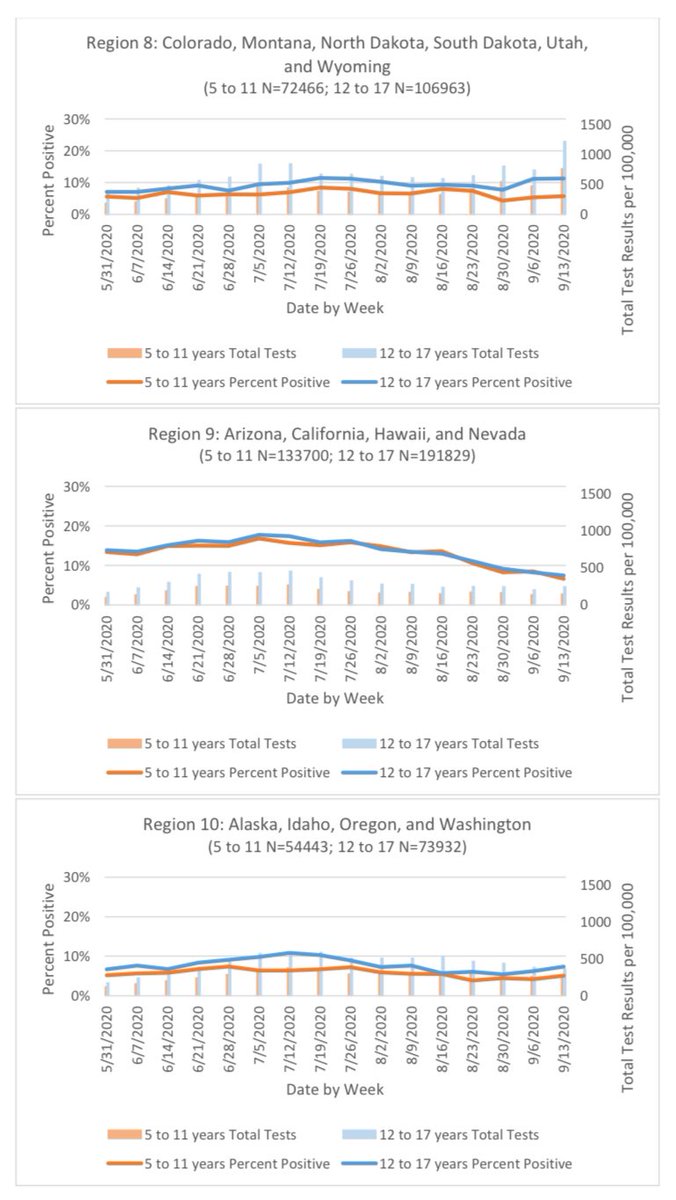
(1/6) A new pre-print study (interpret carefully) describes *in vitro* evidence of antibody dependent enhancement (ADE) after natural infection with #SARSCoV2 in some people. ADE is when antibodies make a second infection worse.
scmp.com/news/china/sci…
scmp.com/news/china/sci…
(2/6) If ADE occurs, it is most likely to happen late after recovery when levels of neutralising antibodies have waned.
Here’s the actual study:
medrxiv.org/content/10.110…
Here’s the actual study:
medrxiv.org/content/10.110…
(3/6) This review describes what ADE is, how it can occur, and what we know about ADE and other coronaviruses so far.
There is no evidence of ADE occurring with any #COVID19 vaccine under development yet.
stm.sciencemag.org/content/early/…
There is no evidence of ADE occurring with any #COVID19 vaccine under development yet.
stm.sciencemag.org/content/early/…
(4/6) However, it will be necessary to watch the vaccine trials carefully to ensure ADE does not occur.
This is one reason why it’s a terrible idea to approve a vaccine before the completion of phase 3 trials.
This is one reason why it’s a terrible idea to approve a vaccine before the completion of phase 3 trials.
(5/6) If ADE does occur, it would be the final nail in the coffin for infection-acquired herd immunity.
Such a strategy is now unjustifiable if reinfection could commonly lead to a more severe illness. (It was already a grossly unethical idea).
Such a strategy is now unjustifiable if reinfection could commonly lead to a more severe illness. (It was already a grossly unethical idea).
(6/6) A final reminder not to panic:
It doesn’t rule out a vaccine, because vaccines can be targeted to produce a specific immune response.
There are also many different types under development, which gives us plenty of options should one (or more) be affected by this issue.
It doesn’t rule out a vaccine, because vaccines can be targeted to produce a specific immune response.
There are also many different types under development, which gives us plenty of options should one (or more) be affected by this issue.
• • •
Missing some Tweet in this thread? You can try to
force a refresh











